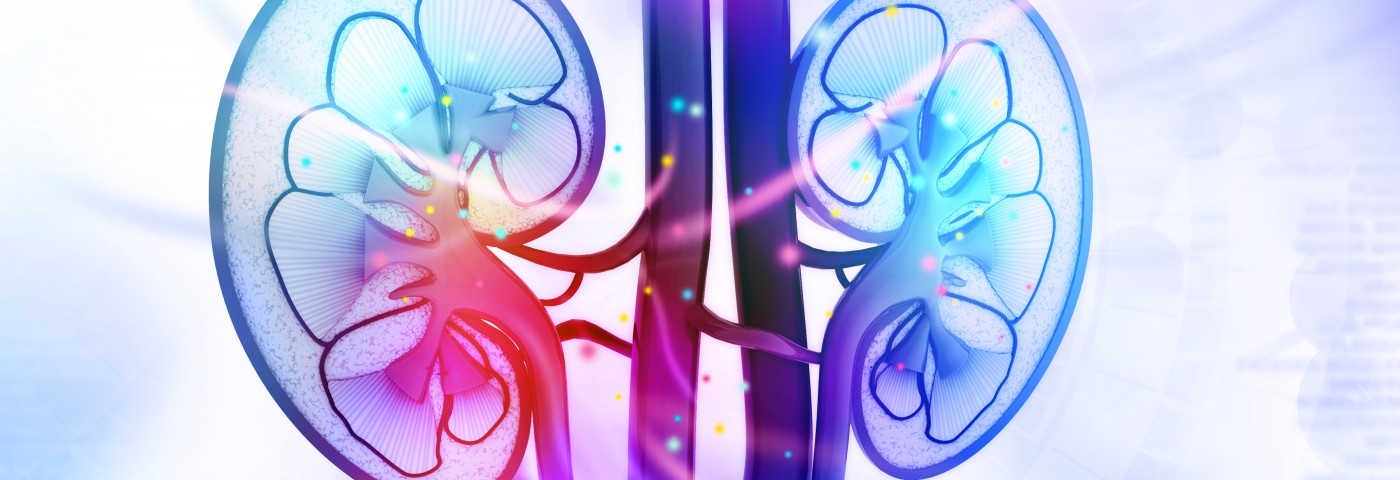In a new study, researchers investigated the role of a cytokine, IL-17A, in diabetic kidney disease and found that low-dose IL-17A administration prevented or reversed kidney damage in mouse models. The research article, titled “Low-Dose IL-17 Therapy Prevents and Reverses Diabetic Nephropathy, Metabolic Syndrome, and Associated Organ Fibrosis,” was published in the Journal of the American Society of Nephrology.
According to the American Diabetes Association, diabetes has become the most common cause of end-stage renal disease (ESRD) in the U.S. and Europe, with diabetic nephropathy representing about 40% of new ESRD cases. Diabetic kidney damage shares several characteristics with other chronic inflammatory diseases, including fibrosis and oxidative stress. Initially, the cytokine IL-17A was identified as one of the promoters of chronic inflammatory disorders, but recent research refutes this and suggests that IL-17A, one of the six forms of IL-17, positively modules the inflammatory response.
In light of these findings and observations of reduced levels of IL-17A in the plasma and urine of patients with advanced diabetic nephropathy, researchers at the Medical College of Georgia at Augusta University developed a type 1 diabetic mouse model deficient in IL-17A, and found that these mice developed more severe nephropathy. Moreover, researchers studied animal models of both type 1 and type 2 diabetes and found that administration of a small dose of IL-17A not only prevented diabetic nephropathy, but also treated and reversed established diabetic nephropathy, working better at late-stage disease. Importantly, IL-17A also reduced high fat levels in the blood, a crucial factor in type 2 diabetes pathology. Researchers tested other forms of IL-17 and found that IL-17F also had protective effects, while IL-17C and IL-17E did not.
The team also highlighted the mechanism underlying IL-17A anti-inflammatory effects, where the anti-inflammatory microglia/macrophage WAP domain protein was found to be upregulated, and the phosphorylation of a central mediator of fibrosis, called signal transducer and activator of transcription 3, was suppressed. This ultimately led to survival and regeneration of podocytes and epithelial cells in the tubules, key kidney cells involved in the retention and reabsorption of important molecules. Researchers theorized that the IL-17A promotion or suppression role in inflammation might be dependent of the level and length of time it is administered to patients.
In conclusion, low dose IL-17A administration was shown to be a potentially promising new therapeutic strategy for kidney damage, and future research should evaluate its effects on terminally damaged kidneys. Kidney pathologist and correspondent author Dr. Ganesan Ramesh said in a press release, “If you can recover function from the dead kidney, you could save millions of people from a lifetime of dialysis.”


